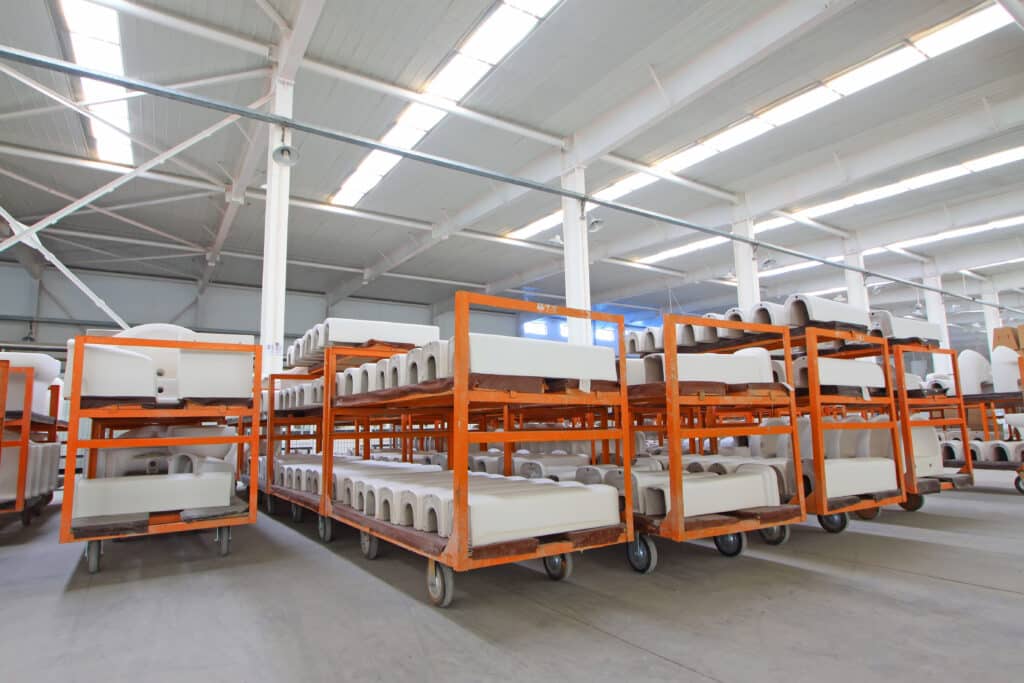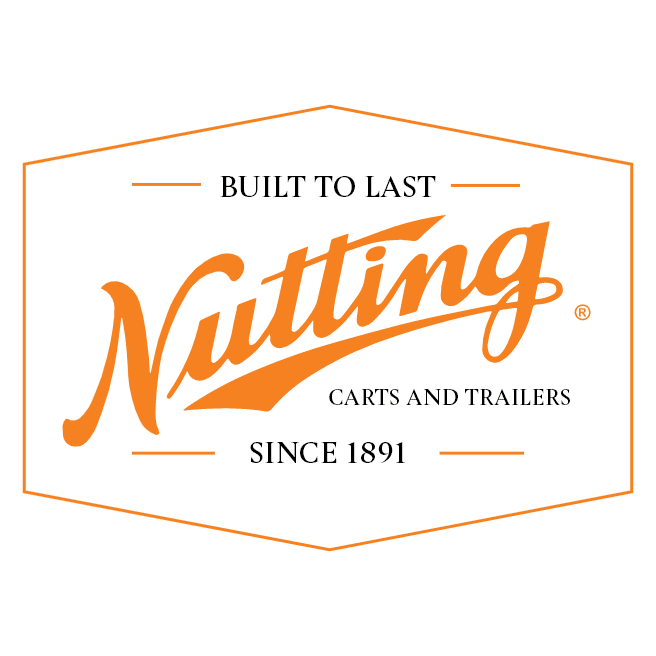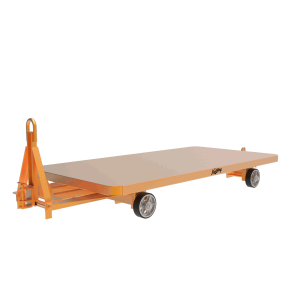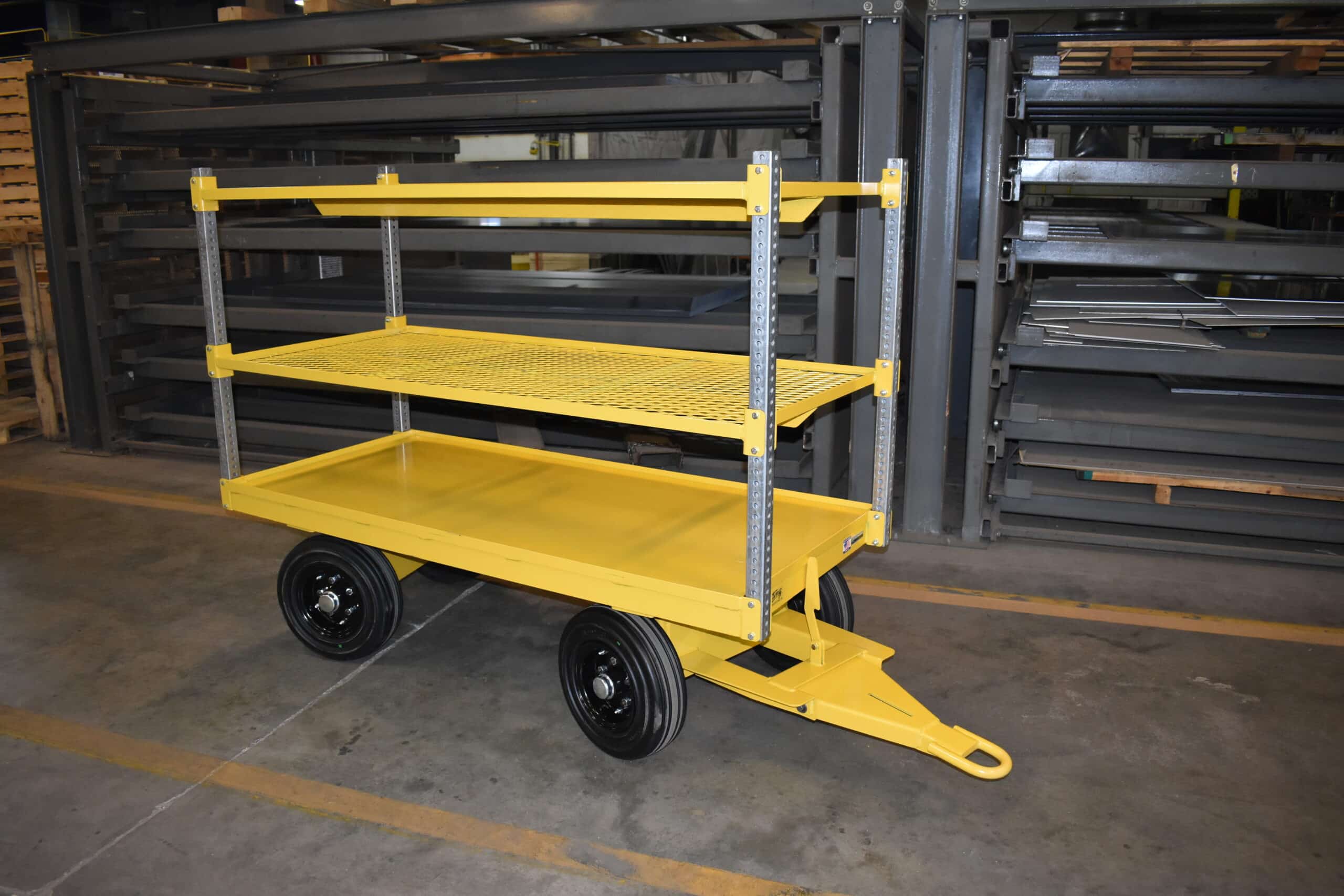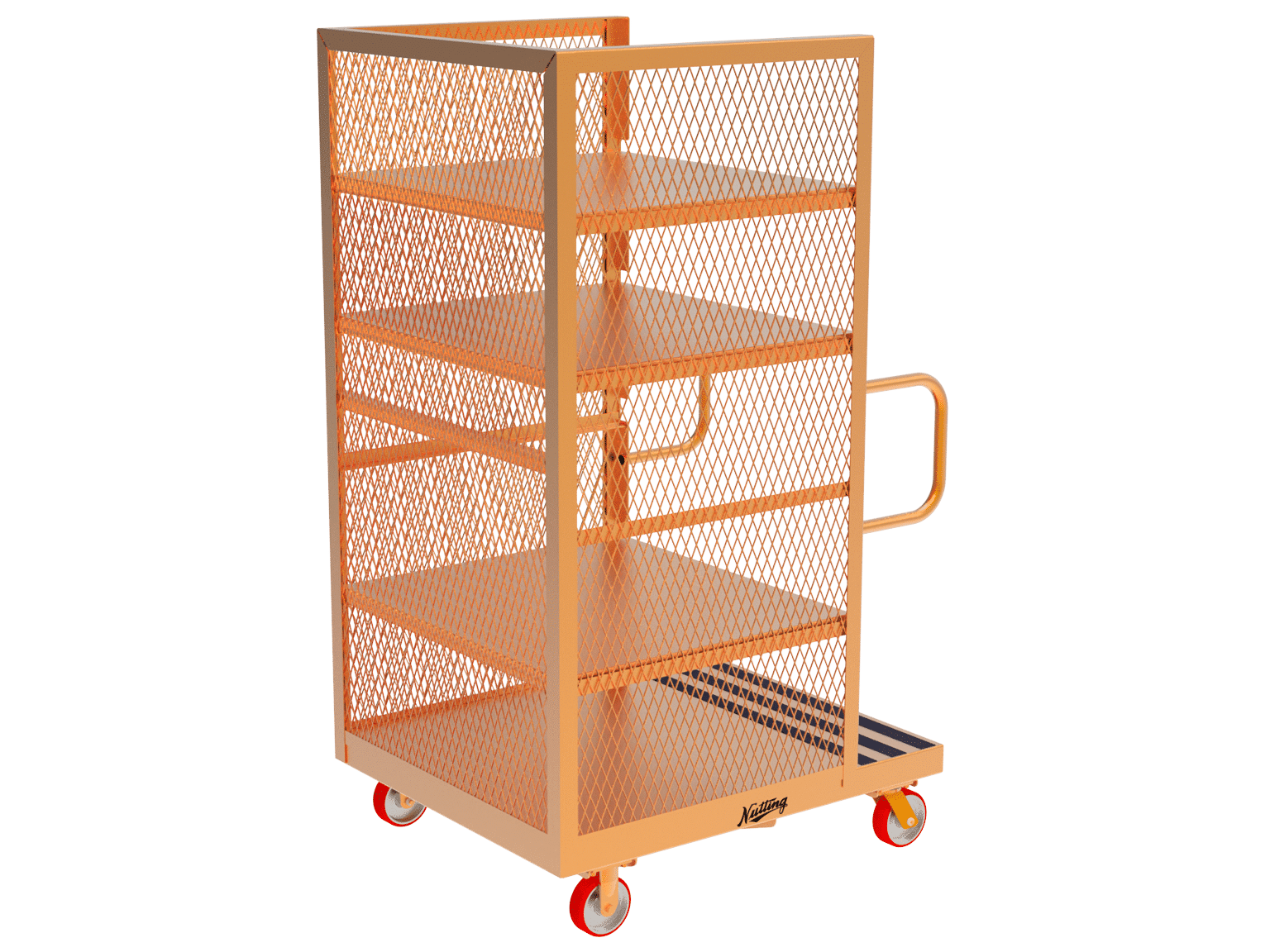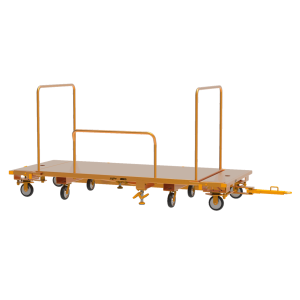Since the e-commerce boom, tugger carts are a key solution for improving warehousing workflow, reducing operational costs, and optimizing space utilization.
Warehousing, as an integral part of the supply chain, has undergone a significant evolution, especially with the e-commerce boom in recent years. With the constant flow of raw materials, goods, and pallets, an efficient and flexible material handling system has never been more critical. Even with an effective system, it takes skilled management to ensure a continuous, streamlined movement of materials, accurate order fulfillment, optimal utilization of available space, and controlled operational costs.
A well manged, effective material handling system can profoundly impact a warehouse’s or distribution center’s efficiency, transforming it from a mere storage space into a dynamic, productive environment. It plays a pivotal role in reducing handling costs, minimizing unnecessary movements, and improving warehouse operations.
A key component of that system are hardy carts that allow for the effective, uniform, and secure transportation of goods across the breadth of the supply chain, bolstering your warehouse management capabilities.
Many managers have looked to tugger systems to reduce manual handling and eliminate unnecessary movements. Tuggers and tugger carts can introduce an element of streamlined efficiency into your operations. This translates into improved time management, leading to heightened productivity levels across the board. With the adaptability provided by these carts, they offer the means to cultivate an agile and responsive warehouse environment, facilitating superior warehouse management and driving operational excellence.
Exploring Challenges in Material Handling
Material handling processes in a warehouse environment face several challenges that can affect their efficiency and cost-effectiveness.
High handling costs are a primary concern for warehouse operators. These costs can be influenced by various factors, like the need for specialized equipment or trained personnel, which escalate with inefficient handling methods. Manual handling can also lead to increased operational costs, driven by labor-intensive warehouse management practices that require more time and effort.
Space utilization is another critical issue, especially considering the premium on warehouse real estate. Poor space utilization results from inefficient material handling systems that do not optimally store and move goods. This leads to wasted storage space and higher warehousing costs.
Unnecessary movements, often resulting from poor layout and control of materials, also contribute to inefficiency in the material handling process. These inefficient movements can lead to increased labor and energy costs, slower order fulfillment, and even potential damage to goods.

The Importance of Material Handling Systems Management
These problems have far-reaching impacts on working conditions, warehouse operations, and the lifecycle of goods. In terms of working conditions, manual handling methods can lead to a higher risk of injuries due to poor ergonomics, leading to reduced worker productivity and morale. And inefficiencies in warehouse operations can disrupt the entire supply chain, causing delays and dissatisfaction for end customers.
The advent of e-commerce has significantly altered consumer expectations and, consequently, increased pressure on warehouses. Customers now expect fast, accurate order fulfillment, requiring warehouses to handle a higher volume of goods and bulk materials more quickly than ever before.
This demand has amplified the need for efficient material handling. Without the right systems and equipment, warehouses may struggle to meet these heightened demands, leading to potential bottlenecks in the supply chain and negative impacts on the lifecycle and material flow. It is paramount for warehouses to adopt innovative, efficient material handling solutions, like tugger carts and other automated equipment, to stay competitive in the fast-paced e-commerce landscape.
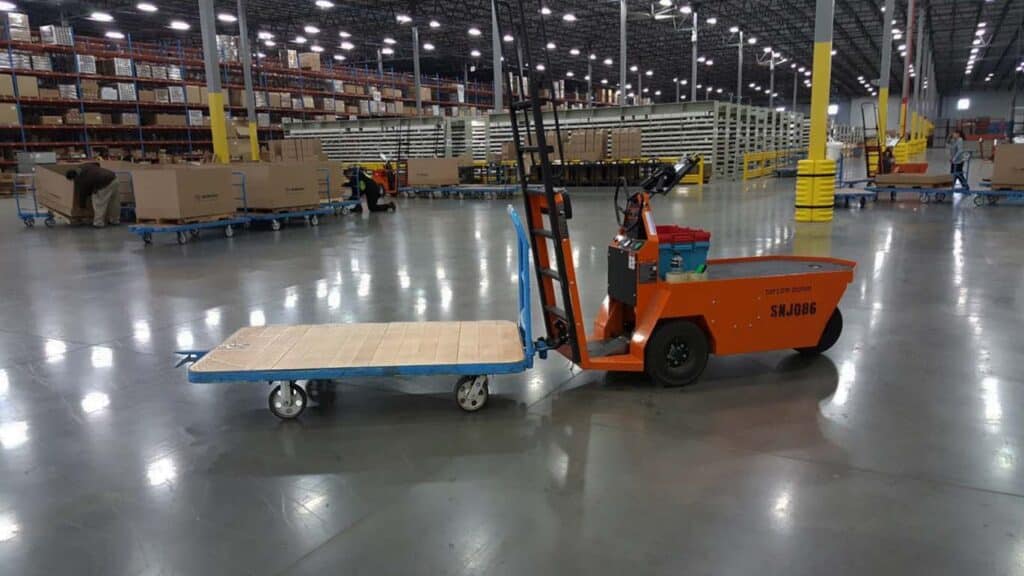
The Role of Tugger Carts in Warehouse Management
Tugger carts have emerged as an excellent solution to many of the challenges in material handling system management. These carts, equipped with powered or non-powered tuggers, provide a more efficient and safe method of transporting materials within a warehouse or distribution center.
Tugger carts seamlessly integrate with different types of material handling equipment, complementing forklifts, lift trucks, automated guided vehicles (AGVs), pickers, and conveyor systems.
Streamline Personnel Management with Tugger Carts
Tugger carts are vital tools for managers in their continued fight to mitigate prevalent staffing challenges. Tugger’s user-friendly design eases operation, reducing the need for extensive training and expediting personnel onboarding.
These carts also significantly improve workplace safety by minimizing manual material handling, which in turn reduces injury-related absences. The diminished physical strain from using tugger carts leads to less fatigue and burnout, ensuring a more energized and productive workforce.
Simplify Equipment Management with Tugger Carts
The beauty of tugger carts is their versatility. They can handle a wide array of materials, meaning you don’t need a bunch of different pieces of equipment taking up space in your warehouse. Less equipment equals less clutter.
And as far as durability, these tugger carts are real workhorses — they’re built to last and require minimal upkeep. So, you’ll be spending less time worrying about equipment breakdowns and costly repairs. Plus, they’re easy to use, which means less risk of misuse and more lifespan out of every cart.
Unleash Innovation in Warehouse Management with Tugger Carts
These carts aren’t just about the movement of goods from point A to point B. With the right approach, they can help you rethink your warehouse processes and boost your efficiency to new heights.
Tugger carts are the unsung heroes of flexible and nimble processes in warehouse management. The magic lies in their ability to handle unit loads. This means they can transport multiple items as one entity, giving you the power to adapt and adjust your operations as needs change. Need to transport a different set of goods? Tugger carts have got you covered.
And the standardized sizes and designs of tugger carts mean they can easily fit into your existing workflow, yet they’re flexible enough to adjust to any changes you might need to make down the line. So, whether you’re dealing with changes in order volume, product type, or warehouse layout, your tugger carts can roll with the punches.
Improved space utilization with tugger carts leads to better warehouse layout and operational efficiency. Their versatility in handling diverse materials like pallets and hoppers further adds value. Here’s a closer look at how they can significantly improve your warehouse operations.
Making the Most of Your Warehouse with Nutting’s Tugger Carts
Nutting’s tugger carts are designed to adapt alongside your evolving warehouse needs, helping to avoid operational bottlenecks and enhance your management systems. Whether you’re adjusting warehouse layout or handling different materials, they’re versatile enough to meet these challenges.
Don’t miss out on this opportunity to optimize your warehouse operations. For more information on how Nutting’s tugger carts can transform your material handling process, please check out this comprehensive pdf. Learn more about the power of efficient material handling with Nutting and take a giant leap towards a more efficient and cost-effective warehouse today.

